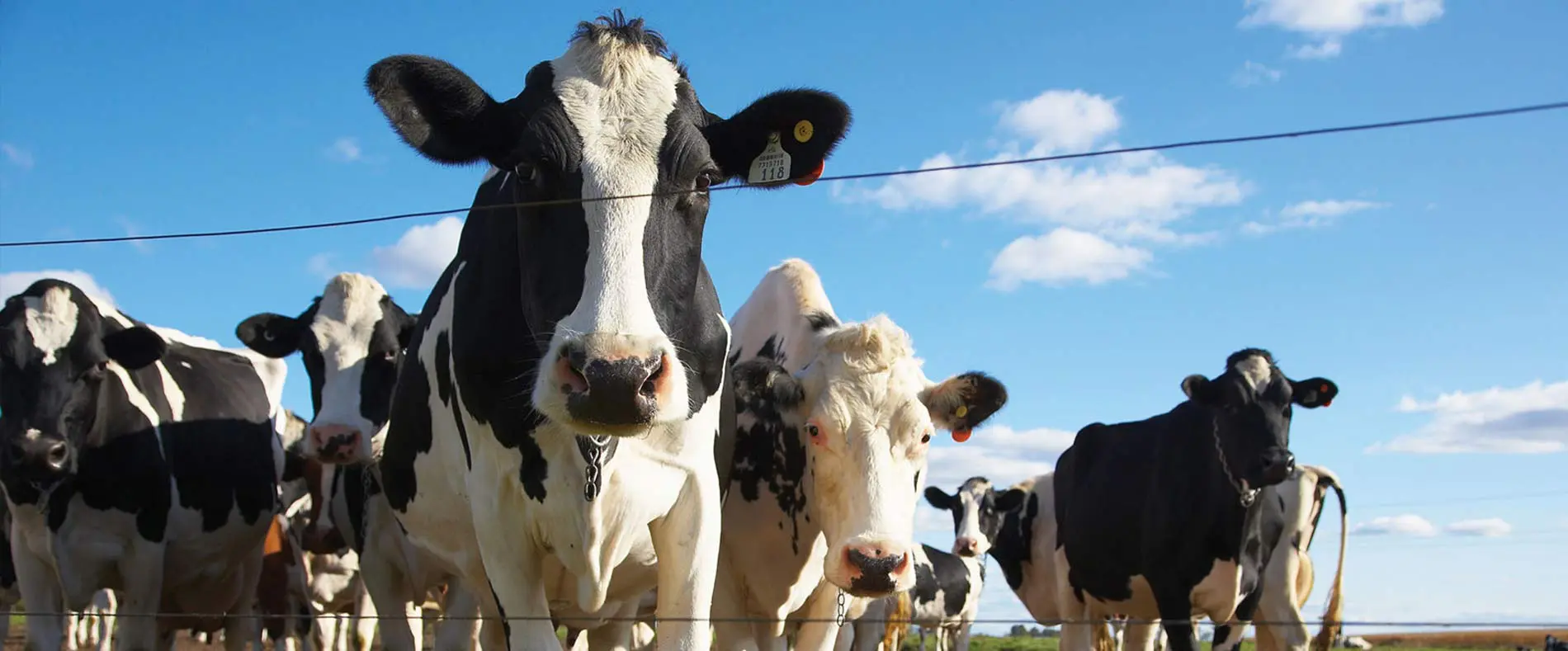What is Payment for Ecosystem Services?
First what are ecosystem services?
The diverse benefits that we derive from the natural environment are sometimes referred to as ecosystem services.
Examples of these services include the supply of food, water and timber (provisioning services); the regulation of air quality, climate and flood risk (regulating services); opportunities for recreation, tourism and education (cultural services); and essential underlying functions such as soil formation and nutrient cycling (supporting services).
In practice, land can often be managed such that a variety of ecosystem services (ie multiple benefits) are delivered simultaneously. However, nature is a complex, interconnected system and ecosystem services are not generated independently of one another.
Therefore, attempts to maximise the supply of one service are likely to influence the production of other services, either positively or negatively. In some cases, ‘win-win’ solutions may be possible, for example where river restoration enhances amenity, biodiversity and fishery benefits.
While in other instances trade-offs between services may be apparent, for example where non-native tree species are planted with the aim of sequestering carbon.










